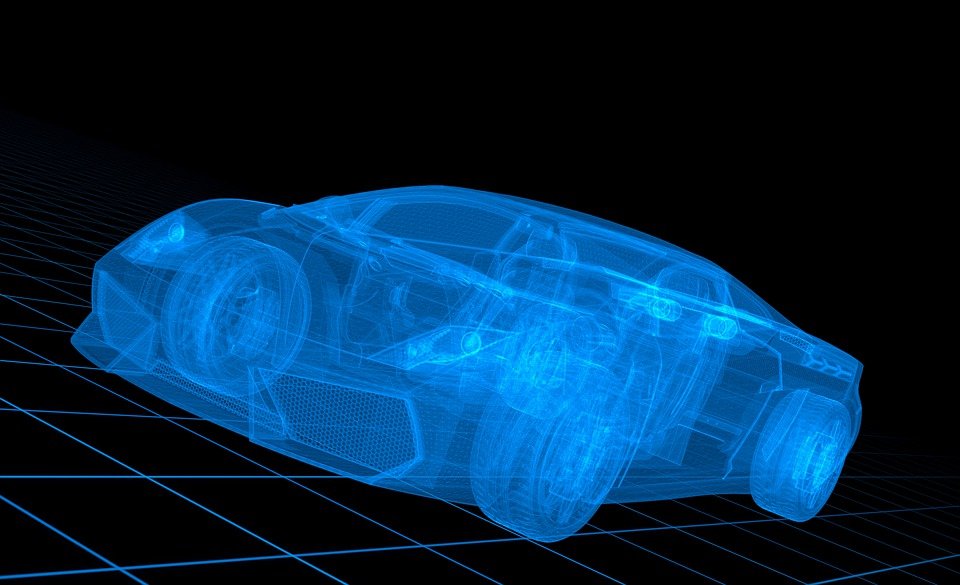
As technology swiftly evolves, so does our approach to automotive safety. Today's vehicles are equipped with advanced features designed to protect passengers, prevent accidents, and even anticipate road hazards. But the big question remains: Should these high-tech safety systems be mandatory on every vehicle? Here, we discover six groundbreaking safety technologies that are reshaping road safety/ Let's discuss some of the compelling reasons why they should be standard in all new vehicles.
Automatic Emergency Braking (AEB)
Automatic Emergency Braking systems are at the forefront of vehicle safety technology. AEB systems use different sensors and cameras to detect an impending collision and, if necessary, apply the brakes automatically. This technology has proven effective in reducing the frequency and severity of rear-end collisions, which are among the most common types of accidents on the road.
Making AEB standard on all vehicles could dramatically decrease the number of accidents, thereby reducing injuries and fatalities. Plus, as drivers become more accustomed to this backup system, their confidence in driving safely increases, promoting a more vigilant and prevention-focused driving culture.
Adaptive Cruise Control (ACC)
Another safety feature that enhances vehicle intelligence in Adaptive Cruise Control. ACC not only maintains a set speed, like traditional cruise control, but also automatically adjusts the vehicle's speed to help you create a safe following distance from cars ahead. This technology is particularly useful for maintaining consistent traffic flow and also in reducing the risk of accidents on highways. This is one of the technologies available in autonomous vehicles that helps keep people safe.
Lane Keeping Assist (LKA)
Lane Keeping Assist technology addresses one of the common causes of traffic accidents—unintentional lane drifting. By using cameras to monitor lane markings, LKA systems can detect when a vehicle begins to drift out of its lane without signaling. The system then alerts the driver or, in more advanced models, automatically steers the car back into the correct lane.
This technology is invaluable, especially on long journeys where driver fatigue can set in, making it easier to drift off course. Standardizing Lane Keeping Assist on all new vehicles would help prevent many of the accidents caused by these lapses in attention, ensuring a safer travel environment for everyone on the road.
Ignition Interlock Devices (IIDs)
Ignition interlock devices are crucial for enhancing road safety by preventing impaired driving. These devices require drivers to perform a breathalyzer test before the engine will start. If the device detects alcohol in the blood, the vehicle won't start. This direct approach to combating drunk driving has shown significant potential in reducing alcohol-related incidents on the roads.
A notable benefit of IIDs is their ability to be integrated with existing vehicle systems. For instance, if someone is living in a heavily populated area and is facing a DUI charge, such as a New York or Florida, they might find that installing an IID has numerous benefits. A Florida interlock location can help you install these devices and ensure they work properly. However, by making IIDs mandatory for all cars, especially in regions with high rates of DUI offenses, we could see a substantial decline in alcohol-related fatalities and injuries, further bolstering public safety.
Blind Spot Detection
Blind Spot Detection systems use sensors and cameras to monitor areas of the vehicle that are difficult for drivers to see. When a vehicle or object enters the blind spot, the system alerts the driver, usually through a visual warning on the side mirrors or an auditory alert.
This technology is incredibly valuable for preventing side-swipe accidents and is particularly useful when changing lanes on multi-lane roads where visibility can be limited. Expanding the use of Blind Spot Detection to all new vehicles could greatly decrease the chances of these types of collisions, making it easier for drivers to safely navigate busy highways and crowded city streets.
Rear Cross Traffic Alert
Rear Cross Traffic Alert is an essential safety feature for urban and suburban drivers alike. This system is a step up from rear cameras, in that it uses radar and cameras to detect vehicles approaching from the side while the car is reversing, often out of parking spaces or driveways. The technology alerts drivers to potential hazards, allowing them to stop in time to avoid a collision.
With parking areas becoming more cramped and vehicles larger, the chances of accidents during reversing are higher than ever. Making Rear Cross Traffic Alert standard on all new vehicles could not only prevent many of these accidents but also reduce the stress associated with navigating tight parking areas.
